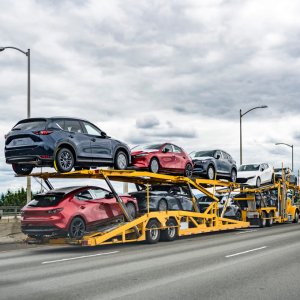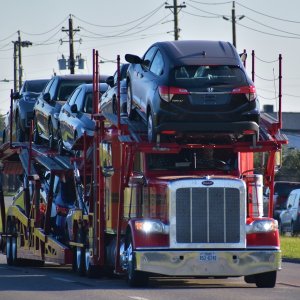
Regulatory Gaps, Yesterday’s Cars: Future Aftermarket Opportunities
Growing sales results in the domestic market means more business opportunities for the country’s aftermarket players. It just takes a while longer for the sector to see these benefits. According to Alejandro Calderón, President of ARIDRA, there is solid demand ahead for Mexico’s aftermarket services given that 2016 was a record year in which over 1.6 new vehicles were sold. “This vehicle park will start needing spare parts and repairs around 2019,” he says. “At the same time, consumers who decided not to buy a new vehicle in 2018 will continue making repairs to their current units.”
According to the document Dialogue with the Automotive Industry 2018-2024, published jointly by AMDA, AMIA, INA and ANPACT, the average age of Mexico’s light-vehicle park was 13 years in 2017 while 36 percent of the country’s heavy-vehicle park was more than 21 years old. The fact that Mexico’s vehicle fleet is older means opportunities for aftermarket players that offer repairs and spare parts. Only 25 percent of the 33.6 million light vehicles roaming Mexican roads are under 6 years of age, which means in 2018 around 25.2 million light vehicles plus a number of heavy vehicles can be targeted by shops and spare parts retailers.
However, Mexico’s aftermarket faces several regulatory challenges in terms of quality standards for spare parts and emissions inspections that prevent healthy growth. Nothing beats original equipment when it comes to quality but that comes at a cost. Mexico is a highly price-sensitive market, making it difficult for manufacturers and distributors of quality parts to market their products while competing with lower-priced components.
Óscar Albin, Executive President of INA, says many price-sensitive vehicle owners in Mexico choose low-quality parts to keep their units functioning despite the short uptime these components guarantee and the risk of vehicles breaking down again. “There is no NOM-type seal that tells customers whether a spare part is good or bad quality, so Mexican clients often buy aftermarket components blindly,” he says. Michael Gines, Managing Director of Dacomsa, points out that Mexico is the only country in which the company sells its components where lack of regulation leads to deficient protection for the end consumer.
In an unregulated market, customers are often left to their own devices. As Calderón points out, there is room for both quality and low-cost products according to budgets, and Mexicans are figuring this out for themselves. “The market is learning that buying cheap is not always a good idea because savings achieved when purchasing low-quality products are lost in repairs,” says José Pescador, Director General of Fast Autopartes.
While a price-sensitive view is still part of the country’s dynamic, vehicle emissions regulations have boosted sales for quality components in some segments of the aftermarket. “These norms have a positive effect because vehicles will have to be thoroughly repaired in a timely manner to be allowed on the road,” says Albin. This benefit, however, was cut short during the first half of 2018 when emission verification tests were put on hold. According to Caledrón, this led to decreased demand in the aftermarket since owners did not have to worry about their vehicles complying with any standards.
With the renovation of the verification program and the enforcement of new regulations for heavy vehicles and emissions inspections in Mexico, industry leaders expect renewed growth opportunities for the aftermarket. NOM-012 will increase basic safety equipment that all trucks and buses must equip in order to circulate. Meanwhile NOM-044 will demand higher emissions standards promoting migration toward more efficient motorizations. “Any regulation that improves a vehicle’s performance results in a benefit for the spare parts market,” says Pescador.
















